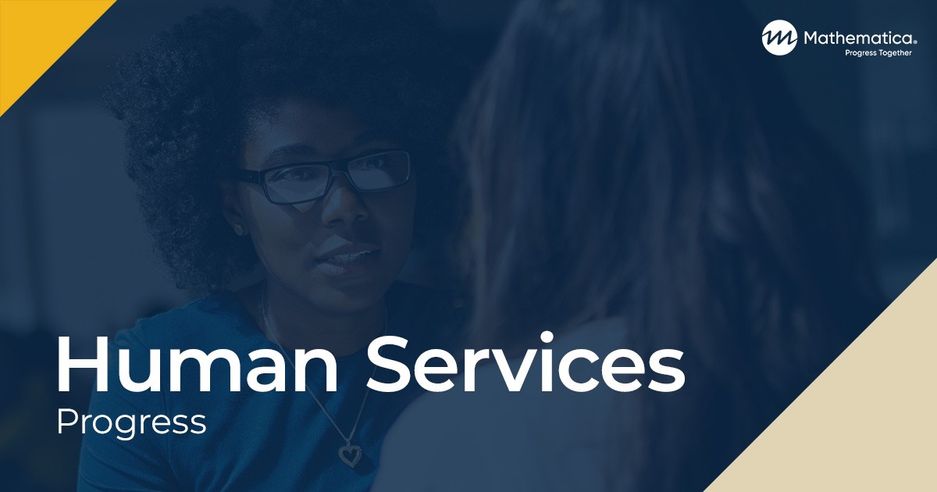The National School Lunch Program Direct Certification Improvement Study: Analysis of Unmatched Records (Summary)

- Longer, less common names are a barrier to deterministic matching.
- Complete data makes matching easier.
- Probabilistic matching might improve program access and equity.
The purpose of this study is to gain a better understanding of the categorically eligible children who are not matched in the direct certification process and to identify potential matching process improvements that might increase the number of matched children. Seven states participated in this study by submitting SNAP caseload data and NSLP application data from sampled districts. These data were used in two sets of analyses: descriptive analysis of SNAP records and independent match of SNAP records to NSLP applications. In the first analysis, statewide SNAP participant data from two states were analyzed to compare characteristics of children who were directly certified and those who were not. In the second part of the study, data were analyzed for children certified for school meal benefits by application based on categorical eligibility. A two-stage matching process was used to identify these categorically eligible applicants in state-level SNAP participation files. The first stage was to conduct a deterministic match, requiring exact matches on key variables such as name and date of birth. The second stage included probabilistic matching that incorporated more flexible algorithms and allowed inexact matches between data fields. In the first analysis, we found that SNAP participants who were not directly certified tended to have longer, less common names than students who were directly certified. They also lived in counties with higher average private school enrollment. In the second analysis, we found that complete data make deterministic matching easier. We also found that probabilistic matching might offer a way to overcome barriers related to data recording difficulty and data completeness, resulting in increased program access and equity.
How do you apply evidence?
Take our quick four-question survey to help us curate evidence and insights that serve you.
Take our survey
